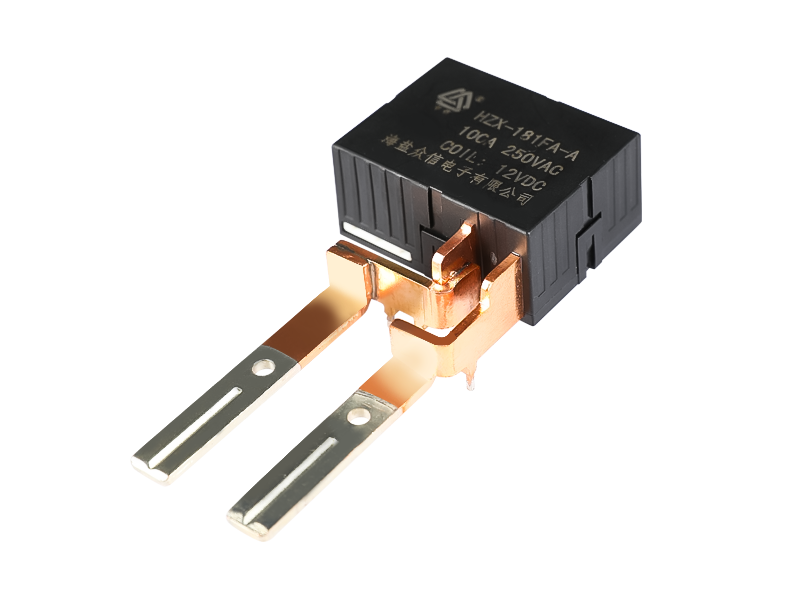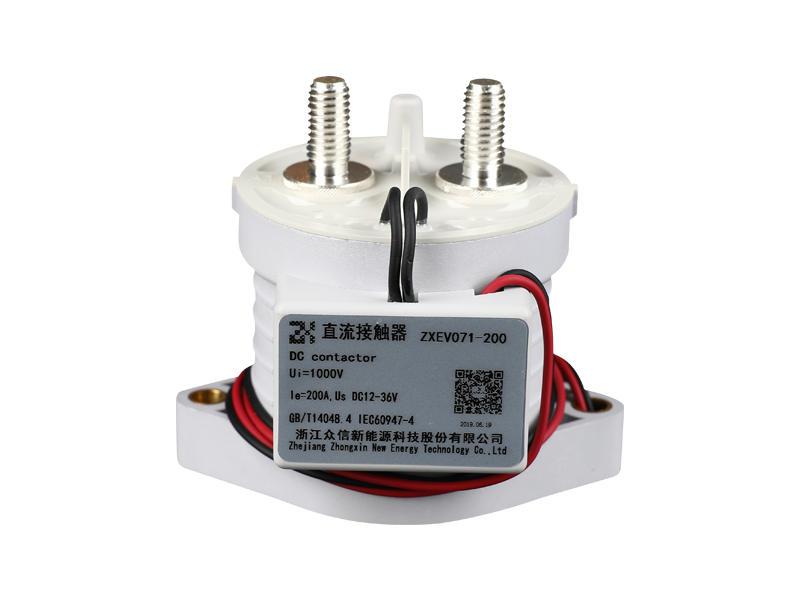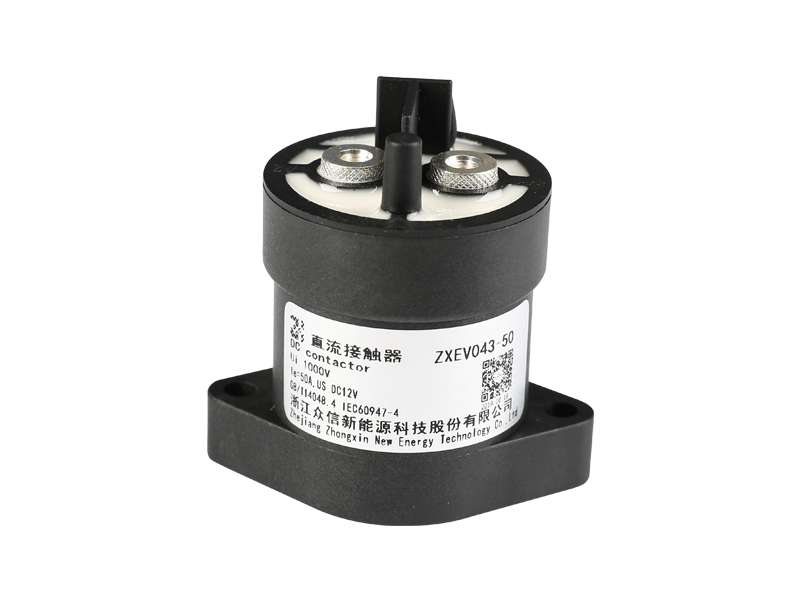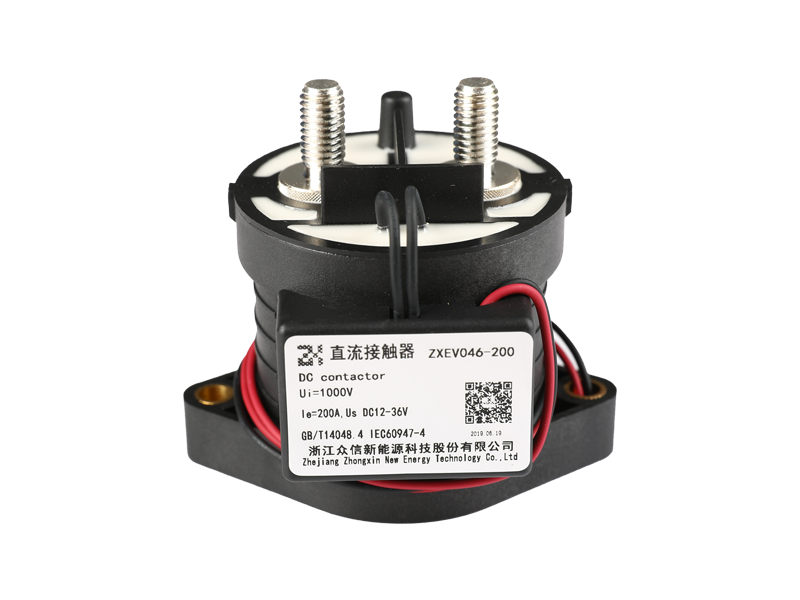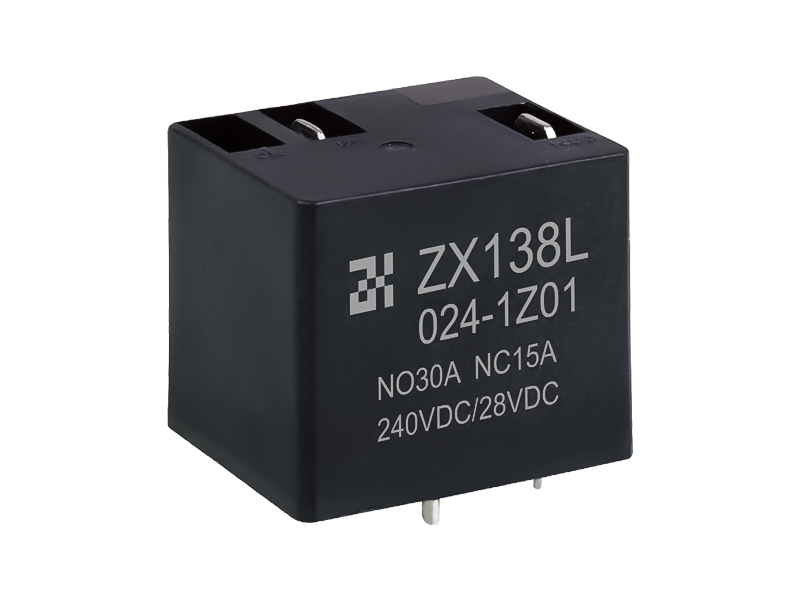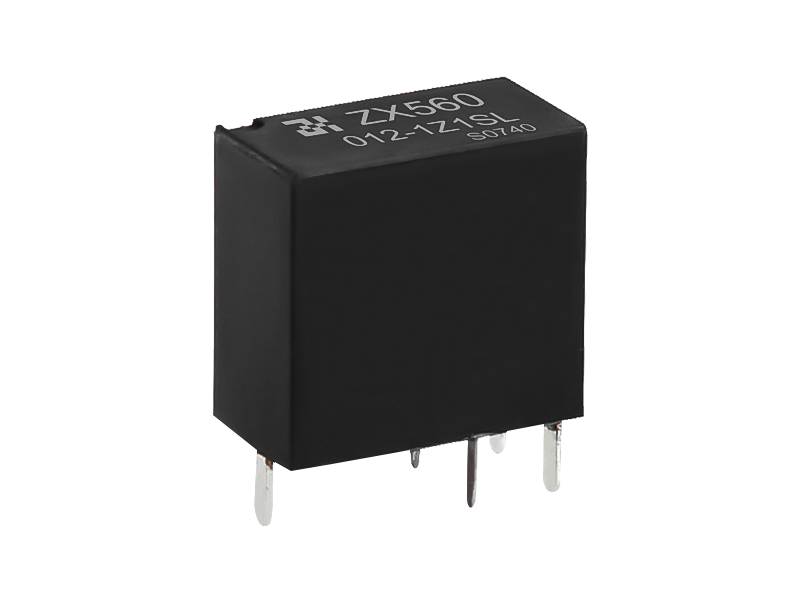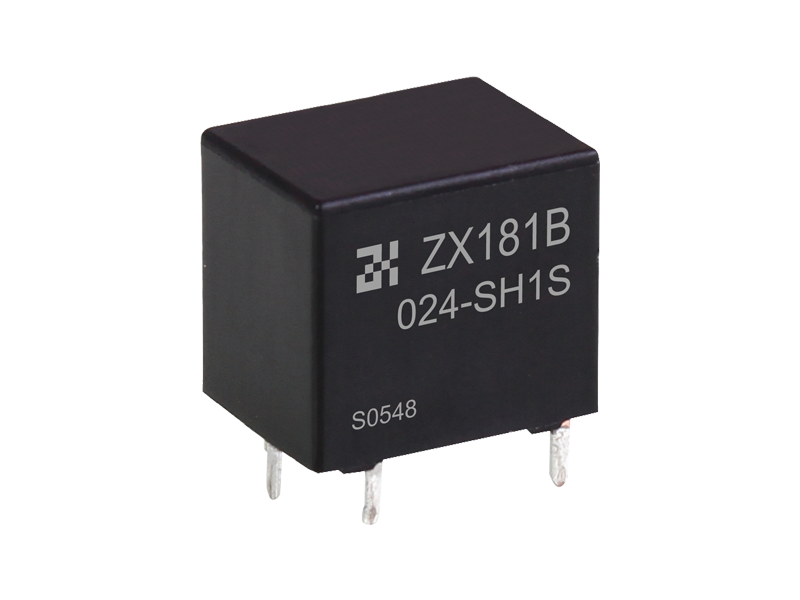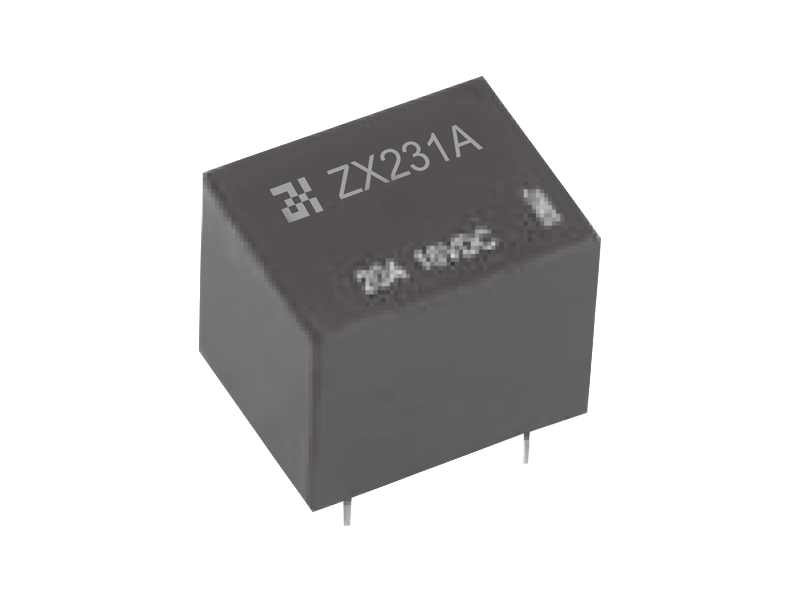The differences between circuit breakers C and D mainly include the following aspects:
1. Open circuit capability
The open-circuit capacity of a circuit breaker refers to the maximum short-circuit current value it can withstand, usually expressed by the instantaneous short-circuit current value. In terms of open circuit capacity, circuit breaker C has a capacity of 5kA, while circuit breaker D has a capacity of 10kA, so when used in a circuit, D has a stronger open circuit capacity and can effectively prevent the impact of short circuit current.
2. Overload protection level
The overload protection level of a circuit breaker refers to the overload capacity and delay time it can withstand in a short period of time. It is usually described by a setting current value and corresponding time delay. There is also a certain difference between circuit breakers C and D in terms of overload protection level. Circuit breaker C has an overload protection level of 5I△n with a delay time of no delay, while circuit breaker D has an overload protection level of 10I△n with a delay time of 0.1 seconds. Therefore, from the perspective of overload protection level, circuit breaker D can better realize the protection of the circuit.
3. Use occasions
There are also certain differences in the use occasions of circuit breakers C and D. Normally, circuit breaker C is mainly used in ordinary residential or commercial buildings, because the electrical load of circuits and equipment in these occasions is relatively low; while circuit breaker D is more suitable for more special and Complex occasions, because the electrical load requirements of circuits and equipment in these occasions are higher, and more powerful protection measures are required.
Circuit breaker is a kind of electrical equipment commonly used in power system, which is mainly used to protect the safe and stable operation of circuits and equipment under fault conditions. According to the special function of the circuit breaker in the circuit and the different application requirements, the circuit breaker can be divided into various types, among which the circuit breaker C and D are the two common types. This article will detail the difference between circuit breakers C and D.
Definition of circuit breakers C and D
Circuit breakers C and D are differentiated based on factors such as their open circuit capacity and overload protection level. By definition, circuit breakers C and D can be understood as:
- Circuit breaker C: a circuit breaker with an open circuit capacity of 5kA, an overload protection level of 5I△n, and a delay time of no delay.
- Circuit breaker D: a circuit breaker with an open circuit capacity of 10kA, an overload protection level of 10I△n, and a delay time of 0.1 second.
From the definition point of view, it can be found that there are certain differences between circuit breakers C and D in terms of open circuit capacity and overload protection level.
Application of circuit breakers C and D
Circuit breakers C and D have the following characteristics in practical applications:
1. Circuit breaker C is suitable for general places and low-level circuits, because its open-circuit capacity and overload protection level are relatively low, and it cannot withstand excessive current impact and load.
2. Circuit breaker D is suitable for special occasions and high-grade circuits, because of its higher open-circuit capacity and overload protection level, it can withstand greater current impact and load.
3. When selecting a circuit breaker, different factors should be considered comprehensively according to the specific situation and economic conditions of the circuit.
Summarize
A circuit breaker is a very important electrical device that can control and protect current in a circuit. When using circuit breakers, different types of circuit breakers need to be selected according to specific needs and usage occasions. Circuit breakers C and D are distinguished according to their open circuit capacity and overload protection level, among which D has higher open circuit capacity and overload protection level, and is suitable for more special and complicated occasions. And C is more suitable for general places and low-level circuits. Therefore, in practical applications, it is necessary to select a suitable circuit breaker according to the specific conditions of the circuit to improve the safety and stability of the circuit.

